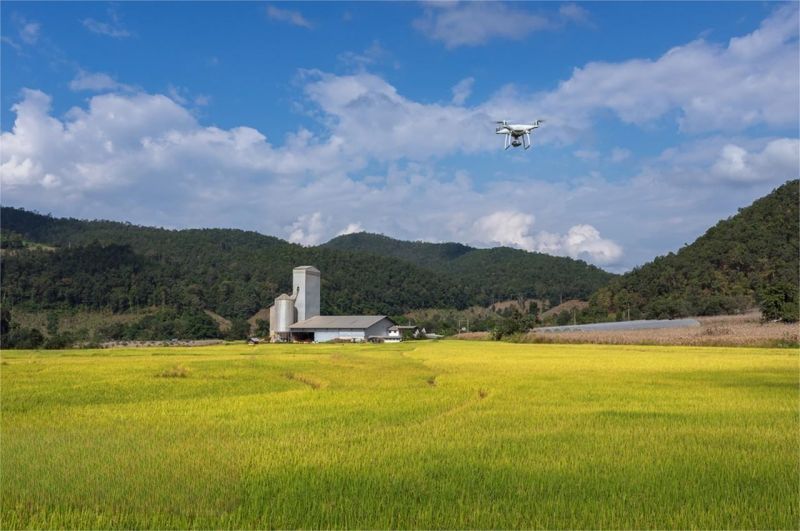
Agricultural water-saving new weapon
2023-08-03 19:00In some semi-arid and arid areas, the shortage of water resources has become the most important factor restricting agricultural development. In order to solve the problem of water shortage and save agricultural irrigation water, how to promote water-saving agriculture through advanced science and technology has become the most concerned thing for farmers. . As the technology behind the drone industry has been widely concerned, more and more people have begun to use drones for agricultural operations, and agricultural modernization has also ushered in a new situation. The use of drone system for agriculture for agricultural irrigation has also become the new normal.
The drone system for agriculture can perform water-saving irrigation on farmland, mainly relying on the multispectral sensor it carries. The drone system for agriculture takes aerial photography, it will take infrared calibration images to collect key data on the growth of crops. The drone system for agricultureinspects the field and observes the different color changes of the soil with different humidity in the farmland, so as to understand the change of soil moisture at different humidity. Farmers can make a set of digital atlases and store them in the database according to the different colors of the farmland soil with different humidity. This way, farmers irrigate farmland, they can irrigate according to the degree of water shortage in different regions, which saves water resources to a certain extent. Affected by the topography, the difficulty of agricultural operations varies, which affects the cost of agricultural production. Using the drone system for small-scale agriculture can change the height of irrigation by controlling the flight height to adapt to different crop heights and terrains. Changes in landforms can control the use of water resources.
A large number of international studies have shown that the use of drones for agricultural irrigation can save 90% of water, greatly reduce the rate of agricultural water use, save water resources, and effectively alleviate the shortage of water resources.

